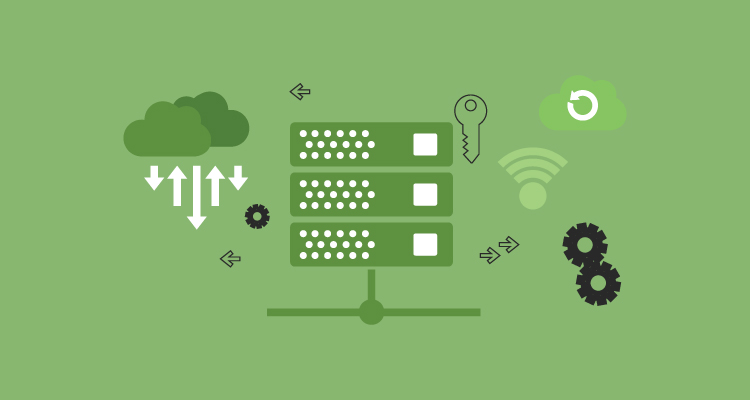Big data was the big trend a few years ago (and it still is in savvy circles). However, it also came with a big problem: Many businesses were really good at collecting data, but didn’t know what to do with it. It wasn’t properly organized, archived, and it certainly wasn’t put to use. What good does it do knowing which zip codes buy the most pet litter from you if you don’t act on that information?
Even worse, a lot of data has an expiration date. In some cases, the data is only actionable for a few days or weeks after it’s been analyzed. If it’s not used, all of that time, money and effort put into collecting it is for naught.
Some companies have exceled at actually using this data, and there are lessons to be learned. Here are ways you can actually put your data to work:
Table of Contents
Toggle1. Let data dictate your next e-newsletter blast.
If your data shows that certain email recipients respond to messages about local events, while others regularly take advantage of emails about special discounts, it’s time to start sending different email batches. Take a break from cramming all of your news into one email, or from sending announcements to everyone in your contacts. Instead, focus your messages to customers who have responded positively in the past.
2. Data can tell you which landing pages need work.
Is your data telling you that certain landing pages have a high bounceback rate? If so, it’s time to hire a professional content writer and web designer to either give those pages the boot or an overhaul. A poor landing page is worse than none at all. Looking to see this easier, I’ve found that Zoom Data can help my company visualize the information easier.
3. Use marketing automation software to avoid human error.
Is your data telling you that there’s been issues communicating with customers in a timely manner? Perhaps your last marketing campaign fell short because some of the numbers weren’t cross-checked. You can’t remove human error until you remove the “human” from the equation. Choosing the right marketing automation software and CRM software helps free up your workers so they can focus on actually putting data to use—not just mining it.
4. Consider big data your selling point.
Whether you’re a non-profit writing grant proposals or a for-profit corporation attempting to woo potential investors, numbers can do some serious talking. Your big data can tell readers where you stand, why you’re a solid bet, and make you look much more organized and professional. Information put into easy to read graphs that can be digested in a glance is a colorful and fun way to stand out amidst the competition.
5. Let data tell you which products to keep and which to ditch.
Some companies get into the habit of overcompensating with too many products or services. There’s definitely truth in “too much of a good thing.” Especially for some industries like party supply or marketing swag stores. Your information will tell you what sells, what doesn’t, and ultimately what needs to go. It can also tell you which products have promise. It will also tell you which might benefit from a little extra attention.
6. Create infographics from data.
Everyone loves an infographic, and there are various platforms to pitch them for a wider reach. It’s likely that only your business has access to your big data, and having an expert whip up an infographic (or designing one yourself) is a fast and fun way to put your information to work.
How are you using data in your business, and how often is it being shelved? Using data is the final step in the process, and the one that’s most overlooked. Don’t bypass the information readily available at your fingertips. It might just be what takes your business to the next level.













